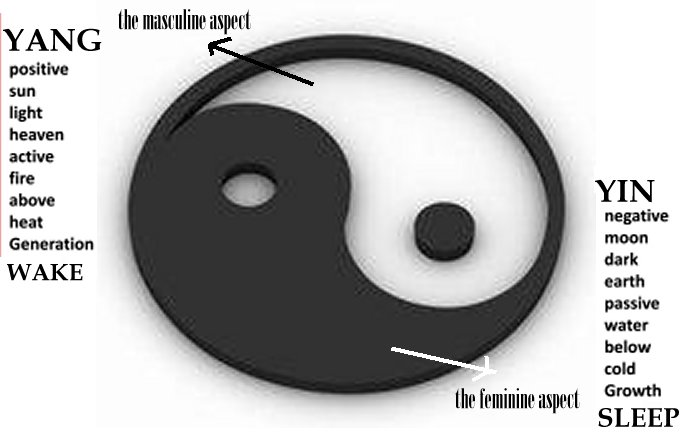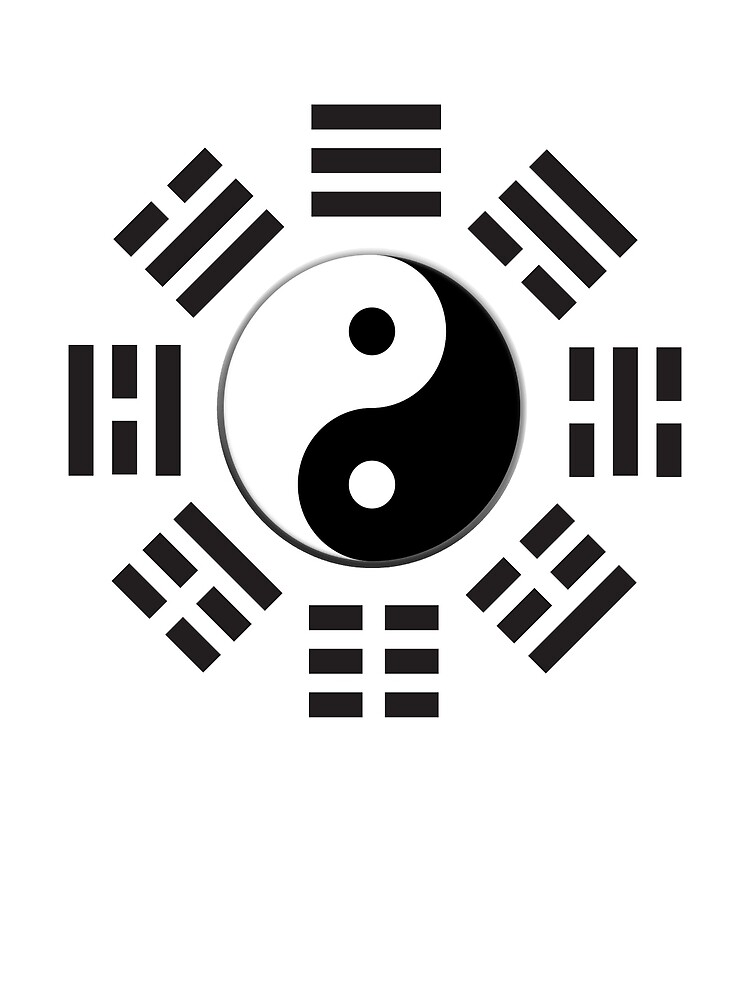The ideas behind Yin and Yang developed by observing the physical world. It was observed that nature appears to group into pairs mutually dependent opposites. For example, the concept of night has no meaning without the concept of day.
Traditional Chinese medicine, too, is based on the balance of yin and yang in the human body, and they believe that any disease is caused by a loss of balance. The body is divided into yin and yang parts. In general, the inner part of the body is yang and the outer part is yin, the back part is yang and the front part is yin. Yin and yang (or 陰 and 陽 in traditional Chinese characters) represent duality, or the idea that two opposite characteristics can actually exist in harmony and complement each other. It's the same idea behind quotes like, 'there can be no light without darkness.' Yin (the black segment) and yang (the white segment) each represent various. The concept of Yin Yang is central to Chinese Medicine in that it allows to understand a patient's state of balance and harmony between these bipolar extremes.Yin is receptive and passive while Yang is aggressive and active. Applied to herbs Yin embodies the qualities of cold, damp, immobility and substance while Yang embodies the qualities of warmth, dryness, movement.
The Chinese civilization gets its basis from the well-known Taoist principles of Qi, the five movements, and Yin-Yang. Undoubtedly, the significance of Yin-Yang has penetrated almost all the parts of Chinese being from the earliest of time, playing an influential role in art, astrology, government, and most importantly, medicine. In Chinese philosophy, Yin-yang, which translates into “dark-bright,” describes the notion that everything in nature consists of two paradoxical phases or energies. In Traditional Chinese Medicine (TCM), the concept of Yin and Yang serves as the foundation for understanding health, as well as diagnosing and treating illnesses.
In understanding the concept of Yin and Yang, the emphasis is on process rather than structure. The Chinese characters for Yin and Yang represent this. The character for Yin translates as “the dark side of the mountain” and represents qualities such as cold, stillness, passiveness, darkness, and within. The character for Yang translates as “the bright side of the mountain” and represents warmth, activity, light, outside, expression.

According to the Chinese, everything has physical existence because everything manifests both Yin and Yang qualities. In observing the organs of the body, for example, the Liver is considered principally to be a Yin organ since it is solid, but it also has the function of promoting the flow of energy, which is a Yang quality. The aspects of Yin and Yang are interdependent of each other.
China Yin And Yang
There are many ways in which Yin and Yang can be out of balance.

Types of Imbalance Between Yin and Yang
Too much Yin–characterized by Cold symptoms
Too much Yang–characterized by Heat symptoms
Too little Yin–characterized by Internal Heat symptoms
China Yin Yang Meaning
Too little Yang–characterized by general coldness
Chinese medicine views the body in terms of Yin and Yang aspects. A dynamic balance between these aspects is characterized by health, and an unhealthy state is an indication of some imbalance between the Yin and Yang of the body.


The Hidden Meaning Behind Yin And Yang
Change manifests itself as Yin transforming into Yang and vice versa. When this transformation process is blocked an imbalance occurs. Essentially, all disharmonies can be reduced to an imbalance of Yin and Yang. Balance is vital within the body as it is in the universe. This involves constantly readjusting.